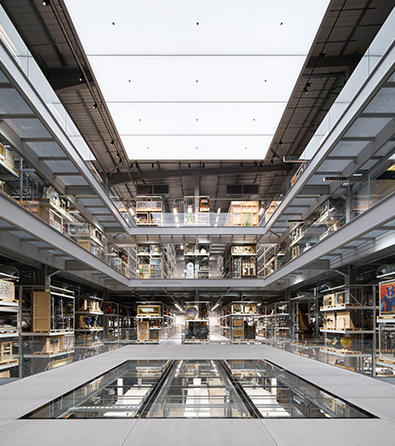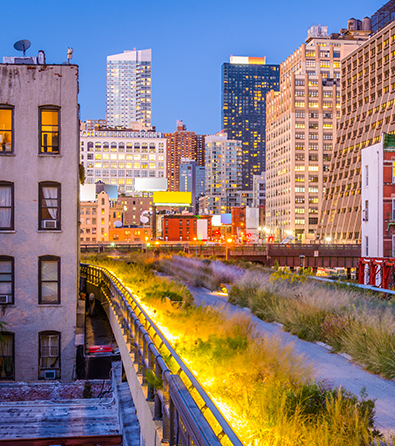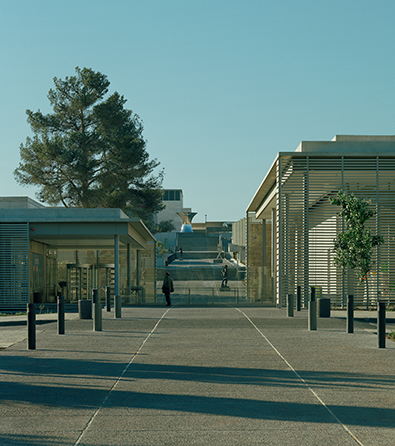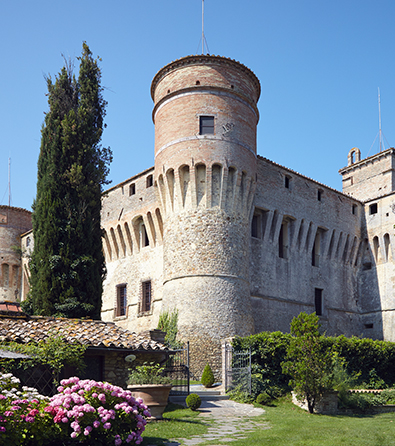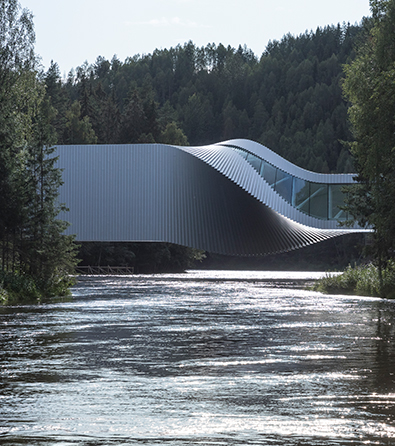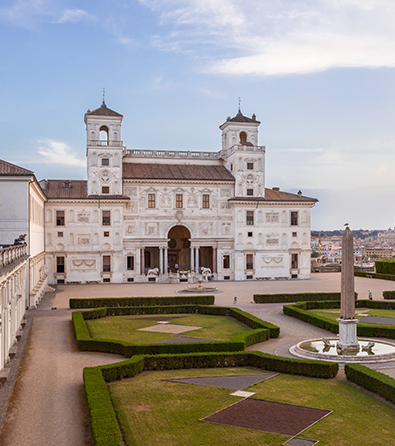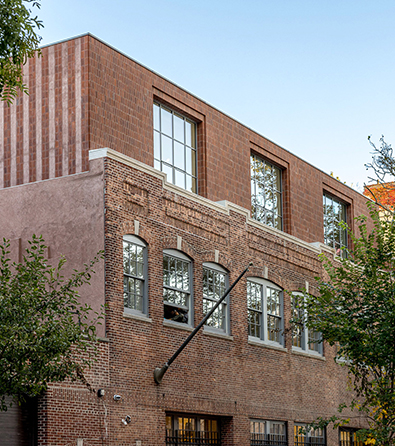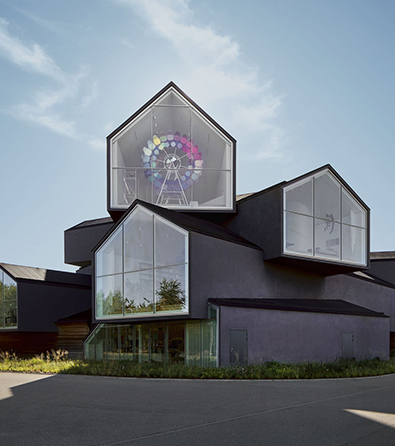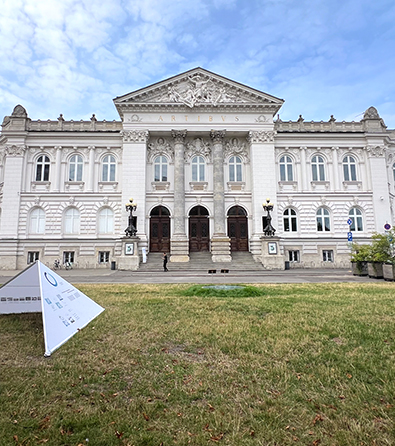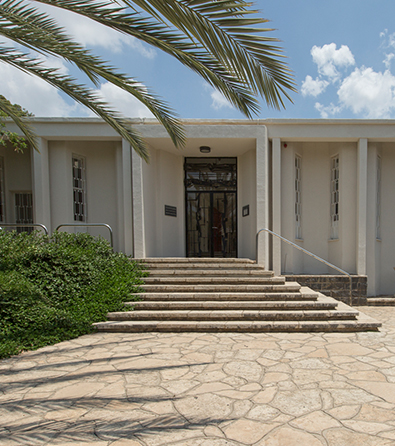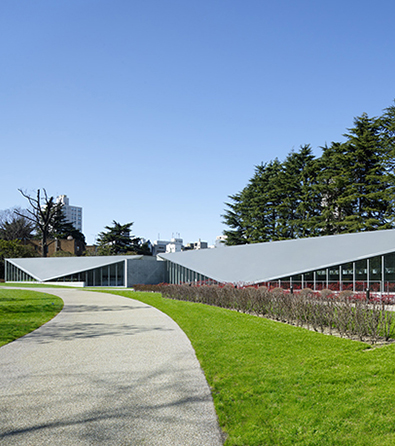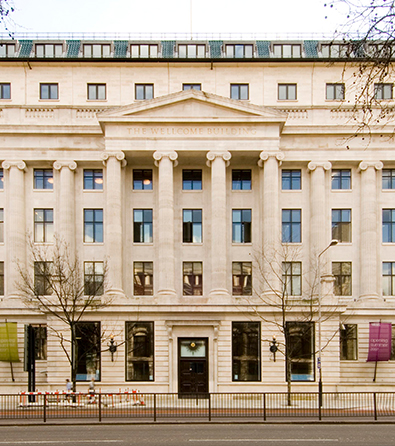Watch the short lecture on Élisabeth Vigée Le Brun’s artwork (4:43 minutes) at the top of the page.
* To watch this film, please approve YouTube/Vimeo cookies via the blue cookie icon at the bottom left of the screen.
Abu Dhabi, the capital of the United Arab Emirates, is home to the stunning Louvre Museum Abu Dhabi, which stands out as a must-visit destination for art lovers and cultural enthusiasts.
Designed by the renowned architect Jean Nouvel, the Louvre Abu Dhabi opened to the public in 2017 and has since become the largest museum in the Arabian Peninsula. Its unique design, inspired by the region’s traditional architecture and natural landscape, features a dome consisting of thousands of stars that illuminates the museum’s interior, paying tribute to Abu Dhabi’s palm trees.
The Louvre Abu Dhabi’s vast collection of art and artifacts comes from different collections in France, and the permanent collection includes masterpieces from renowned artists like Gauguin, Monet, Pollock, and Vermeer. Its 23 galleries house works from all over the world, making the museum a true global cultural hub.
Visitors to the Louvre Abu Dhabi can explore the 55 buildings on the museum’s grounds, all of which were inspired by the low-rise homes of the region. The galleries are designed like the narrow streets of an Arabian medina, allowing visitors to immerse themselves in the culture and beauty of the region.
One of the most remarkable pieces in the Louvre Abu Dhabi’s collection is the stunning portrait of Russian Countess Savronskaya by Élisabeth Vigée Le Brun, a famous Rococo artist known for her portraits of European and Russian aristocracy. Born in Paris in 1755, Vigée Le Brun quickly rose to fame despite limited access to formal artistic training, honing her skills and developing a modest clientele for her portraits by age 15. At 19, her work had gained so much attention that her painting materials were seized for operating as a professional artist without guild or academy membership. However, she persisted, becoming one of the few women admitted to the Académie de St Luc and establishing herself at court by age 20.
Vigée Le Brun’s career took off when she gained patronage from Marie Antoinette, resulting in over 30 portraits of the queen and her family. Her most famous work, Marie-Antoinette in a Muslin Dress (1783), caused a scandal for its informality and the queen’s decision to be depicted in such a way. Vigée Le Brun’s later work, Marie Antoinette and Her Children (1787), aimed to improve the queen’s image by portraying her in a more relatable manner.
In 1789, Vigée Le Brun left France behind, fearing the Revolution and a slanderous press campaign against her due to her association with the Queen. She fled to Italy with her young daughter, Julie. Even in exile, traveling across Europe, and raising her daughter on her own, Le Brun maintained a successful career. Her portraits, known for their emotional depth, continued to be commissioned by European nobility and royalty.
During her time in Russia, Vigée Le Brun painted the humanistic portrait of Countess Ekaterina Vasilievna Skavronskaya, a wealthy widow known for her immense riches. This masterpiece is part of the Louvre’s Department of Paintings and was displayed at The Louvre Museum Abu Dhabi at the time of the video.
The featured video is part of the web series The Treasure by Shachaf Dekel.
In the accompanying video, available at the top of the page, art expert Jonathan Hirschfeld highlights Vigée Le Brun’s pioneering journey as a woman and an artist in the 18th century. Vigée Le Brun’s remarkable talent and the enduring appeal of her portraits continue to inspire and captivate audiences worldwide.
